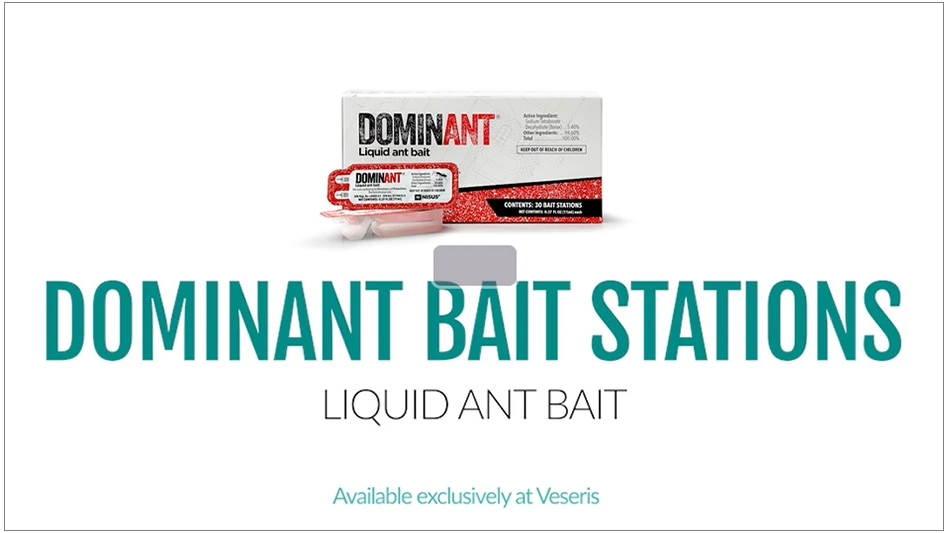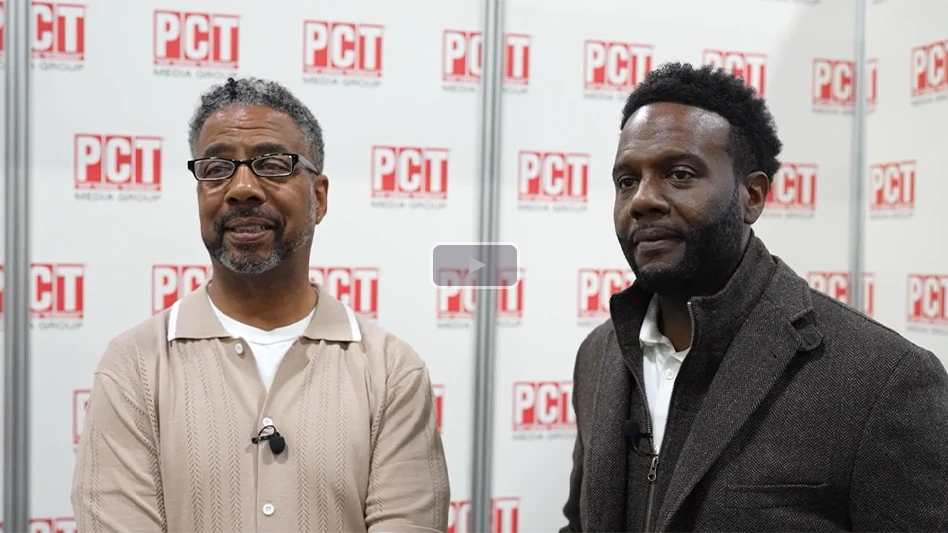JACKSONVILLE, Fla. — The U.S. professional pest control market should reach $10 billion in service revenue in 2020, growing at a compound annual growth rate (CAGR) of 4.7% over the next five years. “We believe this segment is poised for meaningful growth, due to expanding mosquito control services, along with increased service requests to control bed bugs, spiders, and ants,” said Gary Curl, founder and president of Specialty Consultants. The professional pest control industry generated an estimated $7.815 billion in total service revenue in 2015, a 4.7 percent increase from the $7.466 billion measured in 2014, according to the latest report A Strategic Analysis of the U.S. Structural Pest Control Industry from Specialty Consultants, LLC. The 5-year CAGR for total service revenue is 4.4 percent.
Professional treatments to control bed bugs continued to expand across much of the U.S. Nationwide, service revenue derived from controlling bed bugs increased by more than $100 million from the prior year, bringing total revenue earned to $573.2 million. “We estimate nearly 815,000 bed bug jobs were completed in the U.S. this past year,” said Curl. “The incidence of bed bugs exploded in the Midwest, making this pest the fourth highest revenue generator in the region. If this trend continues, I won’t be surprised to see the industry generating $1 billion in service revenue from controlling bed bugs alone in five years,” added Curl.
Nationwide, pest control operators reported 4.5% growth in commercial GPC service revenue from the prior year. Service revenue from controlling rats and mice increased nearly 12%, to almost $800 million.
Total service revenue generated from post-construction termite work grew by 7.2% this past year. There was a 3.6 percent increase in the number of post-construction termite jobs completed. Improved pricing actions raised the average post-construction job 3.5 percent, to $891.24 per treatment this past year. Pest control operators reported that 30 percent of all post-construction termite jobs were completed on structures where no termites were present at the time of treatment (i.e., preventative treatments). “We expect to see the industry expand the practice of applying preventative termite treatments to existing structures in the years to come,” said Curl. Revenue from pre-construction termite treatment increased on the strength of a 10.8 percent rise in privately owned new housing unit construction “starts.” Nearly 42 percent of all privately owned housing “starts” in the U.S. received a pre-construction termite treatment this past year.
The 2015 season market report is the 16th edition of A Strategic Analysis of the U.S. Structural Pest Control Industry. A total of 800 owners or managers of pest control companies were surveyed for this study. The market report forecasts pest control service and pesticide product category sales through 2020. The impact of the commercial and residential real estate market, mosquito and wildlife management services, changes in distribution, and pest control operators’ outlook for 2016 are just a few of the topics analyzed in this year’s report.






